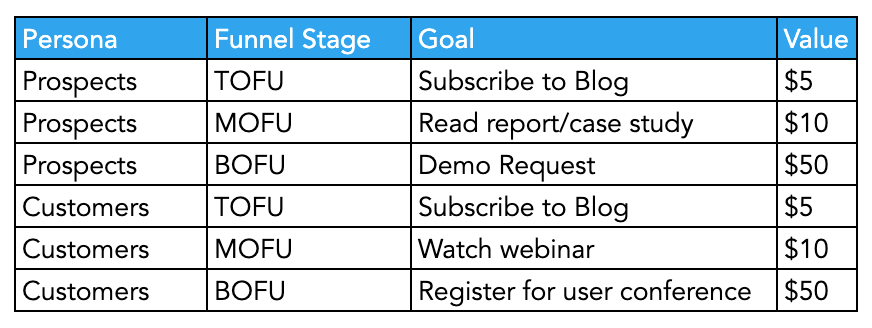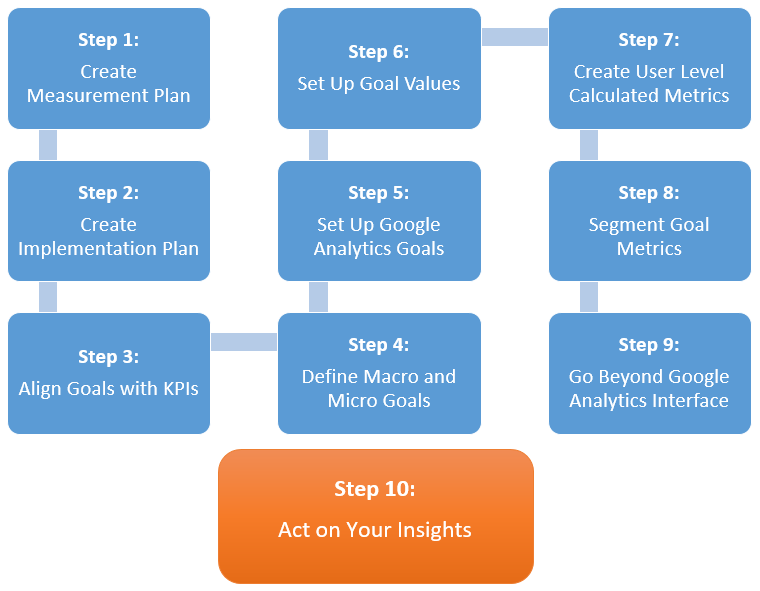Discover the Limitations of Google Analytics Goals: Revealing the Information Types That Remain Untrackable
As businesses progressively rely on data-driven decision-making, recognizing the restrictions of devices like Google Analytics ends up being vital. While Google Analytics Goals offer valuable insights into user interactions, there exist data types that avoid tracking, presenting obstacles to a detailed understanding of customer habits.
Incomplete Individual Journey Tracking
Incomplete customer trip tracking within Google Analytics can hinder the capacity to properly evaluate user actions. When the customer trip is not fully tracked, there are gaps in the data that avoid a detailed understanding of how individuals interact with an internet site. This absence of insight can lead to missed out on chances for optimization and improvements to the individual experience.
One usual concern with insufficient customer journey monitoring is the lack of ability to see the complete path that users take in the past completing an objective or leaving the website. Without this information, it is testing to determine where customers might be coming across challenges or friction factors that stop them from converting. In addition, insufficient tracking can obscure the influence of certain advertising and marketing efforts or web site modifications on customer actions.
To resolve this limitation, it is critical to establish up appropriate monitoring devices within Google Analytics to capture the whole individual journey. This might involve establishing up event tracking, goal funnels, or using devices like Google Tag Manager to guarantee that no vital interactions go unrecorded. By obtaining a comprehensive view of the customer journey, website owners can make even more enlightened choices to improve customer interaction and drive conversions.
Attribution Difficulties
Navigating via acknowledgment difficulties in Google Analytics needs a complete understanding of exactly how different touchpoints contribute to the overall conversion procedure. Acknowledgment challenges arise from the complexity of contemporary customer journeys, where users interact with multiple networks before transforming.
One usual attribution obstacle is the problem in attributing conversions to the correct source, particularly in cases where users interact with multiple networks prior to transforming. Additionally, cross-device tracking presents another attribution challenge, as individuals often switch in between devices during their journey, making it challenging to track their interactions flawlessly.
Offline Conversions
Offered the challenges linked with attributing conversions accurately in online networks, the dimension of offline conversions presents a considerable opportunity for marketers seeking an extra thorough understanding of their consumers' trip. Offline conversions describe activities that customers absorb the real world, such as making acquisitions in brick-and-mortar stores or over the phone, participating in events, or involving with published products - what data is google analytics goals unable to track. These conversions are essential for organizations that operate both online and offline, as they offer important understandings into the effectiveness of advertising and marketing campaigns across various touchpoints
Tracking offline conversions traditionally postured a considerable challenge for marketers, as it was testing to connect these actions back to certain on the internet communications accurately. Nonetheless, with innovations in modern technology, such as the assimilation of CRM systems, special identifiers, and voucher codes, companies can currently connect the space in between online and offline information to get an extra all natural view of customer behavior. By effectively measuring offline conversions, marketing professionals can additional resources enhance their strategies, allot sources extra successfully, and inevitably enhance the overall client experience.
Cross-Device Monitoring
Cross-device monitoring plays a critical function in understanding the interconnected nature of customers' digital communications across several devices. In today's omnichannel world, where users seamlessly switch over between tablets, mobile phones, and desktops, tracking their behavior across these tools is vital for marketing experts to obtain a comprehensive view of their consumer trip.

In addition, personal privacy concerns and laws such as GDPR and CCPA have further challenging cross-device tracking. With customers requiring more control over their data and boosted constraints on monitoring technologies, marketing professionals have to locate privacy-compliant and cutting-edge means to link user communications across gadgets.
Dynamic Web Content Engagement
Recognizing user involvement with vibrant material is crucial in enhancing digital advertising strategies for improved audience communication. Dynamic web content describes site aspects that alter based on individual behavior, choices, or various other factors, offering a personalized experience. Nevertheless, tracking individual communications with dynamic material poses challenges for conventional analytics tools like Google Analytics.
While Google Analytics can track basic interactions like clicks and web page sights, it may have a hard time to record even more nuanced involvements within vibrant content. what data is google analytics goals unable to track. Metrics such as time invested in details dynamic components, hover activities, or interactions within pop-ups are commonly not conveniently measurable utilizing common monitoring methods. This constraint impedes marketing experts' capacity to completely comprehend how individuals are engaging with dynamic content and customize their approaches accordingly

Verdict
To conclude, Google Analytics objectives have restrictions in tracking incomplete individual trips, associating conversions accurately, recording offline conversions, tracking cross-device communications, and measuring vibrant content involvement. These constraints highlight the significance of discovering extra tracking approaches and tools to gain a much more thorough understanding of individual habits and conversions beyond what Google Analytics can supply.
While Google Analytics Goals offer beneficial understandings right into user communications, there exist data types that avoid monitoring, positioning difficulties to an extensive understanding of customer habits.Insufficient user journey monitoring within Google Analytics can prevent the capability to precisely examine individual behavior. When the customer journey is not totally tracked, there are spaces in the information that avoid an extensive understanding of just how customers communicate with a website.One common problem with incomplete customer trip tracking is the failure Find Out More to see check it out the complete path that individuals take in the past completing a goal or leaving the website. By getting a comprehensive sight of the user trip, web site proprietors can make even more informed decisions to enhance user engagement and drive conversions.